| |
Flowers & Plants of Utah
Photography and Descriptions by Leon of Leon's Planet ©2019
to present
SET #1: Cascade Springs, Utah
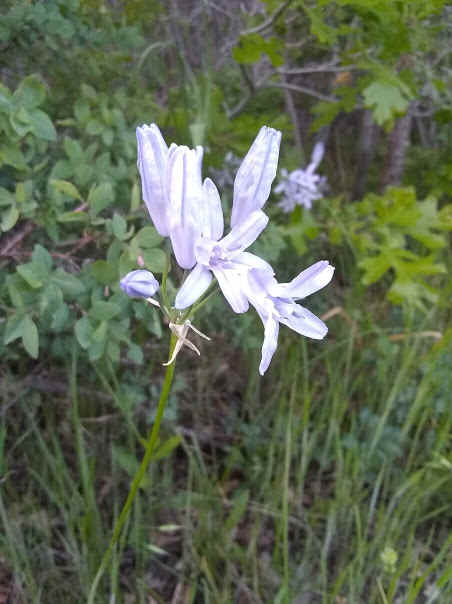 |
Fool's Onion / White
Hyacinth
Scientific Name: Brodinaea douglasii
Food: roots are edible, can be eaten
fresh, but taste better cooked.
Lore: White Hyacinth is said to have
magical powers, and was included in many a medicine bag.
The photograph doesn't do it justice. It was
actually more of a cross between indigo and violet in color.
This was probably my favorite, because that's my
favorite color.
Source of information:
Kershaw, L. Edible & Medicinal Plants of the Rockies.
Partners Publishing. 2016.
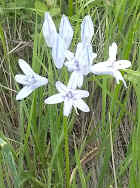 This is another
photo I took. This is another
photo I took.
|
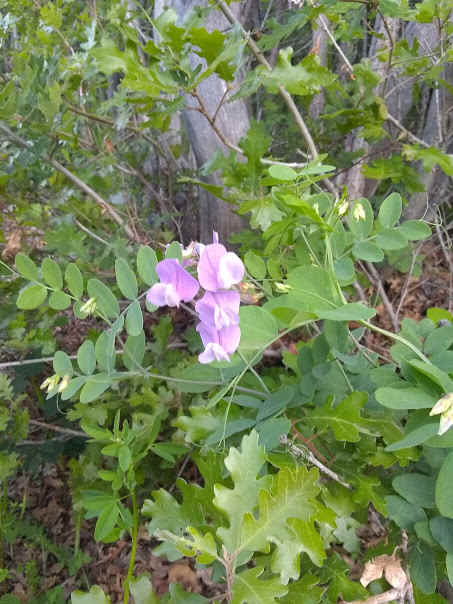 |
Wild Sweet Pea or Sweet
Vetch
Scientific Name of Pea: Fabaceae _______
Scientific Name of Vetch: Hedysarum ______
I'm not sure if this is a pea or a vetch. It matches the pictures
of peas more than vetches that I've seen on the web. It's probably
a sweet vetch, because of where I found it.
Food: If it is a pea plant, then of
course the peas in the pod are edible. If it is a vetch, it is not
known if the seeds are edible or not. Vetch roots are edible and
were used as food by indigenous peoples. In fact, Sweet Vetch is
also called, "Licorice Root," because it is sweet and tastes
like licorice.
You've got Gambel Oak (or "Scrub
Oak") in the background and foreground, which is plentiful in the
area.
Food: The Gambel Oak acorns can be eaten
after boiling with several changes of water, until the water no longer
turns brown. Do so! It removes the tannin, which is poisonous.
Medicine: One can make a tea out of the
bark of the Gambel Oak and used as a wash (for cuts/scrapes) because it
contains tannin, which is an antibacterial and antiviral; or it can be uses as a
gargle to ease gum and tooth pain.
For other uses see:
Kershaw, L. Edible & Medicinal Plants of the Rockies.
Partners Publishing. 2016. |
 |
Yellow Monkey Flower
Scientific Name: E. guttata
(Formerly: M. guttata)
Food: leaves can be eaten raw or cooked.
Habitat: As you can see, they live
in/near streams. Wikipedias says that Monkey Flower lives from sea level to 12,ooo ft.
Cascade Springs is about 9,ooo ft above sea level.
Source: Wikipedia
|
 |
Flowering Sage Brush
Scientific Name: Artemisia tridentata
Food: leaves can be used in cooking to
add flavor, but should be eaten sparsely. Some people are allergic
to the plant and it can be toxic in overeating.
Medicine: the leaves can be made into a
tea to break up mucus and induce sweating to help with viral infecions.
It is also a good inhalant. Makes a good foot soak.
Source for information:
Morgan, L. Foraging the Rock Mountains. Rowman
& Littlefied. 2013. |
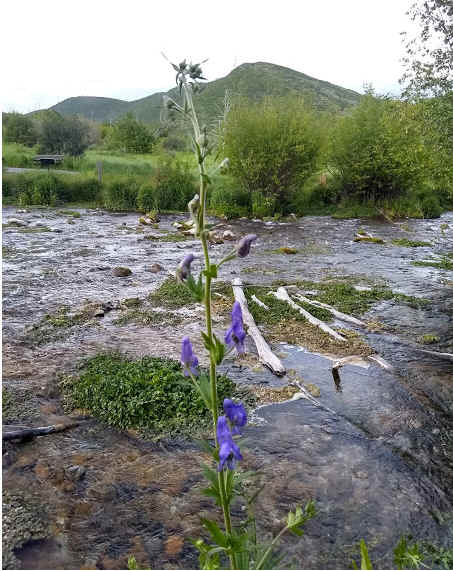 |
Monkshood (Wolf's Bane,
Devil's Helmet)
Scientific Name: Aconitum
Story: So, my son and I were walking
around the Spring, when came across a beautiful specimen of this
species, and I thought, "Oh, how pretty!" Then, I stuck
my nose right up into the flower and took a whiff. I touched
it--felt the leaves and the petals of the flower, admiringly.
Then, my son and I read the plaque next to it. Apparently, the
plant is so poisonous that it is deadly. Just touching it can
cause paralysis. Sniffing it can cause asphyxiation.
I immediately went to the stream and washed my face
and hands.
I survived this femme fatale!
Whew!
Food: No!
Medicine: No!
Death: Yes! |
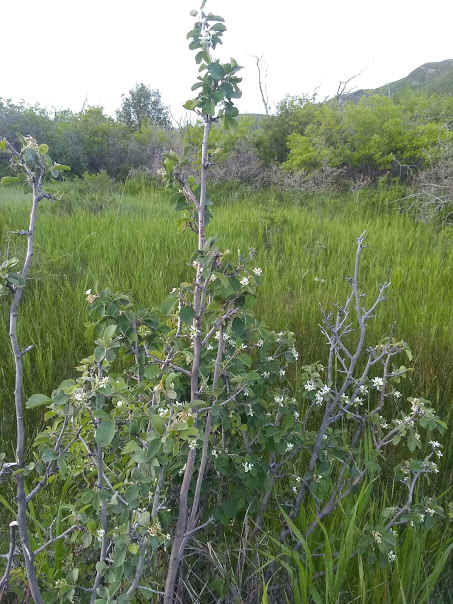 |
I don't know what this is.
If you know what it is, please contact
me.

Are these both the same plant?
Maybe an apple or pear? Melody W. tells me that it could be a
serviceberry (AKA: June berry, Saskatoon berry), which is edible. |
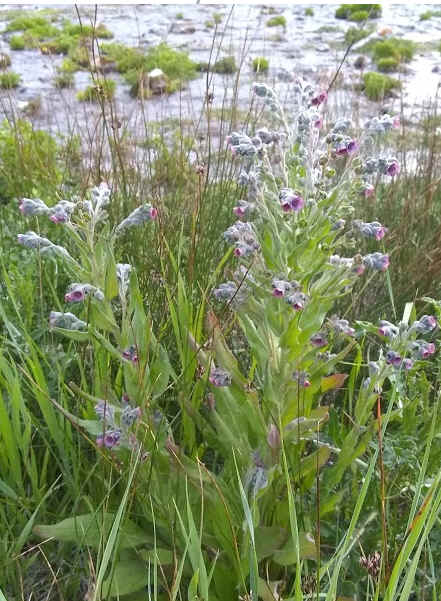 |
I don't know what this is.
If you know what it is, please contact
me. Melody W. says that it is probably
Hound's Tongue, and I agree. (Thanks a mil, Melody!) HOUND's
TONGUE ...is a very medicinal plant with
a wide variety of uses. It should not be used as
food. |
 |
Black Chokecherry? |
 |
I don't know what this is.
If you know what it is, please contact
me.
|
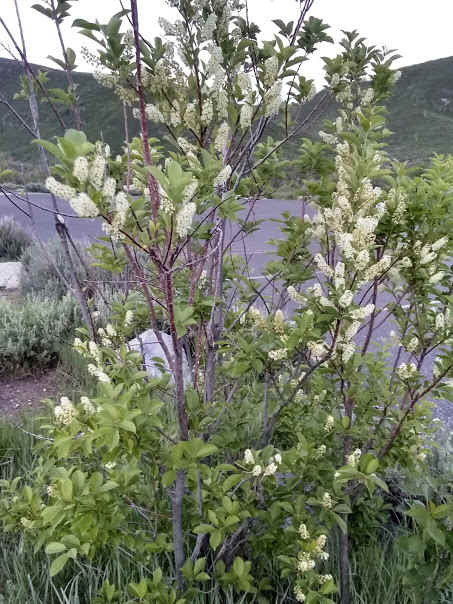 |
I don't know what this is.
If you know what it is, please contact
me.
|
SET #2: South Jordan, Utah

Medicine: Kershaw, 2016 tells us that a
tea made from the plant has been used to cure all kinds of digestive
problems, including to kill intestinal worms. But, she doesn't
tell us from which part of the plant we should make the tea. She
also tells us that the tea can be used as a wash for pimples, rashes,
and various skin conditions. Tea from the roots can relieve
diarrhea.
Stary, 1991, tells us that it's the fruit of the plant
that is used medicinally. It contains flavonolignans, which is
harvested by pharmaceutical companies to treat all manner of liver
ailments and to treat gallstones. Flavonolignans have a
detoxifying effect.
Stary, F. The natural guide to Medicinal Herbs and Plants.
Barnes and Nobel Books. New York. 2013. |
Common Thistle, or Spear
Thistle, or Bull Thistle
Scientific Name: Cirsium vulgare
Food: Yes. Basically, the whole
plant is edible, but you've got to get past the prickles.
 pic
by Leon. pic
by Leon. |
Thistle flower
The flower petals can be used as chewing gum. The young
flower buds can be boiled and eaten like artichoke hearts.
(Kershaw, 2016) |
 |
The leaves and stalk
The leaves and stalk are edible, but you've got to peel off
the outer layer which has all the prickles. Can be eaten
raw or cooked.
(Kershaw, 2016)
and
(Morgan, L. 2013) |
NOTE: to peel off the outer layer, it is suggested to start
from the bottom and use a sharp knife.
|
 |
Sunflower (Common
Sunflower)
Scientific Name: Helianthus annuus
Food: the flowers, seeds and oil are all
edible.
You can even make milk from the seeds. Morgan, 2013 gives
instructions on how to do so.
The seeds are so oily that when pressed, you can make
a meal, like peanut butter. Source: Yetman, D. 50
Common Edible & Useful Plants of the Southwest. Western
National Parks Association. 2009.
Medicine: the flowers were used to make
teas to treat laryngitis and relieve coughs, and even lung
problems. A tea from the leaves was used to treat high fevers.
(Kershaw, 2016).
|
Set #3: The Palisades, Utah
 |
Water Smartweed
Scientific Name: Polygonum amphibium
Food: Yes! Native Americans used the
plant as a food source, but we are not told which part by the US Forest
Service.
Medicine: Yes! All parts were used,
but for which ailments?
Source of info: U.S.
Forest Service
The Survival-Manual.com
says that the stems and leaves are edible, but should be cooked to
remove the oxalic acid. (I'm guessing that means boiled and the
water tossed.) |
 |
Morning Glory?
Well, it is a kind of Morning Glory, called Bindweed
Scientific Name: Convolvulus arvensis var. linearifolius
Some people consider them weeds. I think they
are pretty. They are very hard to get rid of, because their roots
go very, very deep. Farmers don't like 'em.
Source: Wikipedia
Food: Leaves and roots can be eaten when
cooked, but it is not recommended due to the high amounts of alkaloids.
Source: Eatweeds.co.uk
|
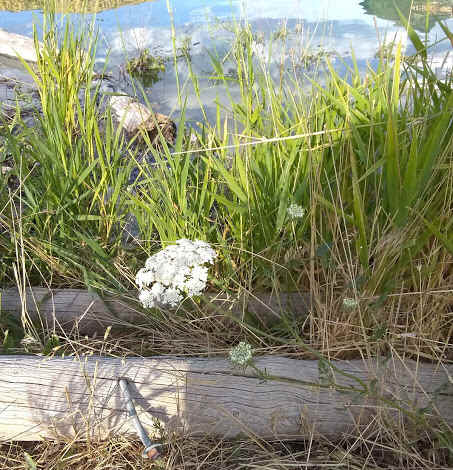
If this is a Canby's Lovage, it is very medicinal; But, if it is a
hemlock, ingesting it will kill you. I'm pretty sure it's not a
water hemlock, even though it is right near some water.
How
to identify water hemlock. |
Canby's Lovage, or Poison
Hemlock, or Water Hemlock, or
Cow Parsley ???????
Anybody? Contact
me.
Here's a close-up of the leaves:

To me, it looks like Canby's Lovage, which is edible; but, there are
many look-alikes, such as the Hemlocks, which are among the most
poisonous plants on the planet, and Water Hemlock is the most poisonous
plant on the North American continent. Hemlocks will kill you, so
beware. |
Set #4 Salt Lake City, Utah
| |

English |
|

Spanish
|

Korean |

Mongolian |

Chinese |
|

Parents of
Homeschool
|
|

Halloween
|
|

Thanksgiving
|
|
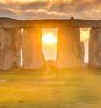
Winter Solstice
|
|

Christmas
|
|

New Years
|
|
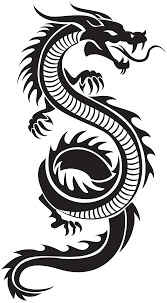
Chinese Lunar
New Year
|
|

Valentine's
|
|

|
|

Easter
|
|

All About
Dr. Seuss
|
|

Roald Dahl
|
|

Prepper's
Pen |
|

Ways to
Help
Leon's Planet
|
|